
|
| Accept Cookies | Customize | Refuse Cookies |
Airone www.juzaphoto.com/p/Airone  |
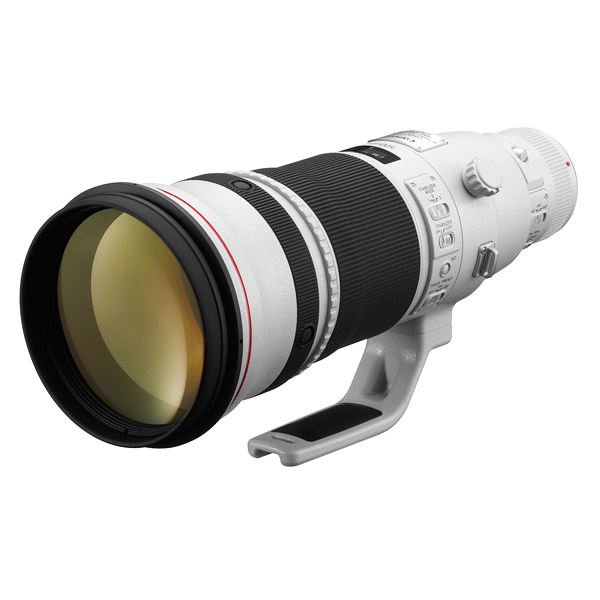 | Canon EF 500mm f/4 L IS II USM Pros: Exceptional optical quality, definitely the best of my superteles. It holds up optimally to the 1,4 and 2x multipliers and maintains an acceptable quality (clearly with sufficient light and a minimum of post-production) even with 2 multipliers in series on ML (e.g. Canon 2x plus Tamron 2x bbar mc7 on R5) https://www.juzaphoto.com/galleria.php?l=it&t=4667025 Cons: Weight: the 3.2 kg can be felt, but the correct use of the original shoulder strap improves the situation a lot even for a few hours of use without a tripod. Opinion: I got used this lens two years ago and I don't regret the preced. 800/5,6. I use it mainly freehand, holding it over my shoulder (left shoulder support - right side always ready to use). I almost always keep the original 1.4x mounted. Focusing in ai servo is fast even with a multiplier even in low light (only used on r5). I like this lens so much that at the moment I would agree to replace it only with the 600 RF (for the 100mm advantage) but I don't think the outlay necessary for the gearbox is justified. sent on November 14, 2023 |
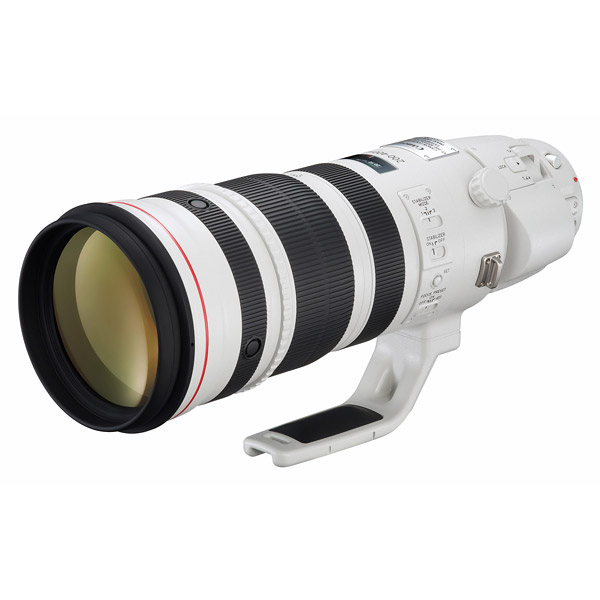 | Canon EF 200-400 f/4L IS 1.4x Pros: Excellent as all Canon superteles, very sharp even with 1.4x inserted and sharp at 400mm with 2x III. With the addition of a 2x to be mounted to the need it covers all the focals from 200 to 800mm while maintaining a decent brightness even duplicated thanks to the good starting brightness. It can be transported in non-impassive areas without excessive effort even for hours. Cons: Definitely expensive but replaces at least 3 optics while maintaining excellent clarity. Heavy (3.6 kg), but manageable freehand although not for too long. Opinion: Accustomed with the 800mm manageable only by fixed stakeout, this lens gives me more opportunities to hunt wandering for a few hours, keeping it on the shoulder always ready to use (excellent padded shoulder strap). I often leave my backpack at home and go around the Peat bogs of the Sebino without the need for anything else, but I also use it as a stakeout keeping the perches at 6 meters instead of 8. Or if I can't get close, after the initial doubts, after the initial doubts, I found that it holds the 2x III well, clearly replacing even the 800mm while losing a stop of light. Of course it is expensive but the quality is not free, in this case both optically and constructively we are at the highest level. In my case it replaces 200-300-400-500 and also 800mm, also thanks to the reduced minimum distance of fire it also allows you to take photos of insects such as butterflies and dragonflies even with freehand. Here it is rated 8.8 out of 10, less than many zummoni that go for the most, but it is a poorly used optics and therefore many evaluations perhaps spann in the air, as often happens with optics that are not known. Given all aspects it deserves an assessment close to 10!! One of the most beautiful and versatile Canon optics. sent on May 18, 2021 |
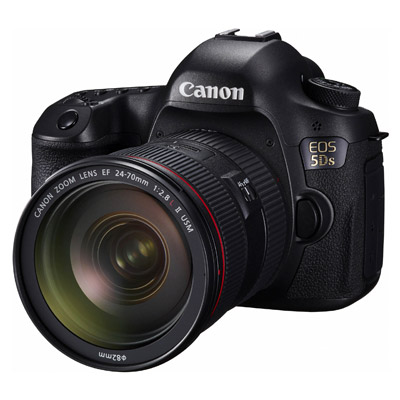 | Canon 5Ds Pros: Robustness, very silent shutter, spectacular file quality, possibility to crop the file at 1.4x and more without obvious loss of IQ, excellent signal-to-noise ratio, the file resized to 25 mpxl practically no noise up to 3200 iso and not requires special processing, at low ISO the yield is excellent even at full resolution Cons: Size of the file if the PC is not adequate, slow burst, low battery life (about 6-700 shots), the fact that the high resolution causes me to avoid the use of other machines less resolving creating almost a psychological dependence. Opinion: I also own the 1dx, but when I do not need the burst almost always use her, I consider it a multifunctional machine because it allows me to use it as an apsc cropping the file, or to avoid the use of the 1.4X on the 800 when I can not approach too much to the subjects (example the passerines can be taken 10 meters instead of 7) especially if nesting, or at close range to have a ff of excellent quality without crop. It will also be true that the 5DSr GD is so poor, in any case good shadows and lights recovers, on another planet compared to other machines that I know well: 5d3, 1dx and previous.rnRetings of the 5ds are very clean and detailed for my poor post-production possibilities, every time I tried even if for a few test shots machines also of other brands I never saw miracles and I got the idea that the current evolutionary possibilities of the sensors are at the terminus.rnIn particular the recoveries shadows of the 5ds preserve good detail and very fine grain without banding or alterationni of color, (I do not speak of the 5 or 6 stops of the tests that are still painful due to lack of detail on any sensor) but the normal needs of PP.rnrnFor these reasons a hypothetical 5dsr2 will be joined by the 5ds1 only compared to a good increase in the burst that for me is the only limit.rnConsider the 5ds a definitive machine for me, the only one that until now I never wanted to change.rnUsed with quality optics the detail is so high as to be simply wasted for most uses, because they are visible in the crop or pushed enlargements, it also has an excellent signal to noise ratio to the sesibility that I use more (100-1600 ISO) with a fine grain grapple and no chrominance noise, such to be virtually eliminated even by reducing the resolution, or shooting in Mraw when the light is poor. rnThanks to the very silent shutter is also excellent at the theater. The price to pay will be in any case a larger file, but I have adjusted & egrAve; I learned to use more trash, I had already updated the pc. sent on June 01, 2017 |
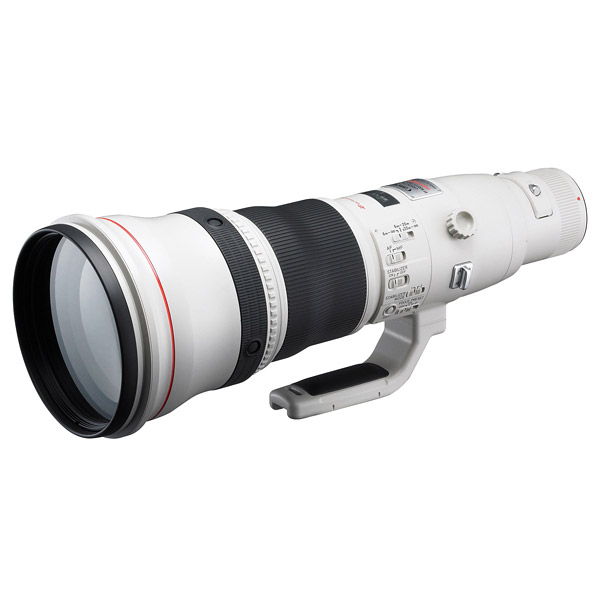 | Canon EF 800mm f/5.6 L IS USM Pros: Reduced weight: Almost 1 kg less than the 600 is the compactness: smaller than the 600 is I excellent balance, sharpness at the top, a notch above the 600 is the absence of chromatic aberrations, Af speed even with 1.4 x III excellent sharpness with 1.4 x Stabilizer 4 Stop as The Supertele II series Cons: No defect detected after 1 year of use. The minimum distance of MAF to 6MT is not a big limit unless you photograph subjects smaller than 5 cm, in which case we can use a ring EX macro of the cost of €25 Opinion: Optics of great quality: For me that photographer often passerines and other small birds is a boon because it allows me to put the perches at 8-9 MT, from my sides the birds have to always count with the hunters and so they are very suspicious. Multiplied 1.4 on MK4 is a deadly weapon of almost 1455mm of focal length and excellent quality. On the tripod is very well balanced not too long. For me that I come from the 600mm is I a nice leap of quality in all directions, and I would not go back further also be able to stand for example at 10 meters instead of 6.5 (Col 500mm) makes a difference if you photograph birds close to the nest : Here is an example of torticollis taken at 13 MT (already at this distance very fearful) while returning to the nest: https://www.juzaphoto.com/galleria.php?t=1071463 Ps. Now that that I use it on the 5ds has gained greater sharpness and accuracy of MAF so that it is not mistaken Practically never. sent on December 30, 2014 |
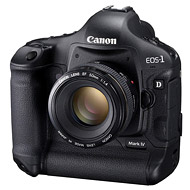 | Canon 1D Mark IV Pros: Exceptional strength, burst, shutter lag nonexistent, speed, buffer (slow down only after at least 45 raw with card not particularly fast), much more reactive 5dIII, better exposure of the 5D3 and spot metering linked to AF point, flash sync 1 / 320, held high iso excellent (finoa to 6400 ISO), exceptional battery life: even in 1200 with 600 shots with f4 is active, NO BANDING after recoveries shadows or underexposure more than 3 stops, again best of 5dIII. But there is always something better .... the 1dx, the monkey pressed but not yet convinced (1l factor 1.3x I will miss?): Some time ago I did some testing between 1dx 1dmk4 and 5D3 to evaluate the yield 800 iso with distant subjects in need of crop pushed pp: good in that particular situation the 1dm4 still defends very well, with a final file on par with 1dx and slightly less than the 5D3, but certainly in the short distances 1dx will behave better especially with the 800mm that with the mk4 liable to be at long times. Cons: Mahh ... the existence of 1dx that maybe I will replace both bodies (1dmk4 and 5D3) and more suitable for the 800mm, not having the factor 1.3x. Opinion: Great car, which came to me from 7d, has been a major breakthrough, and saving time in PP (basically I stopped using PS to eliminate noise in critical areas) as the file 1dmk4 also above the 800 ISO does not require special interventions unless adjustments via LR). rnNel my kit and my needs will be replaced only by 1dx, but with the loss factor 1,3Xrnrnrn sent on October 05, 2014 |
 JuzaPhoto contains affiliate links from Amazon and Ebay and JuzaPhoto earn a commission in case of purchase through affiliate links.
JuzaPhoto contains affiliate links from Amazon and Ebay and JuzaPhoto earn a commission in case of purchase through affiliate links.May Beauty Be Everywhere Around Me